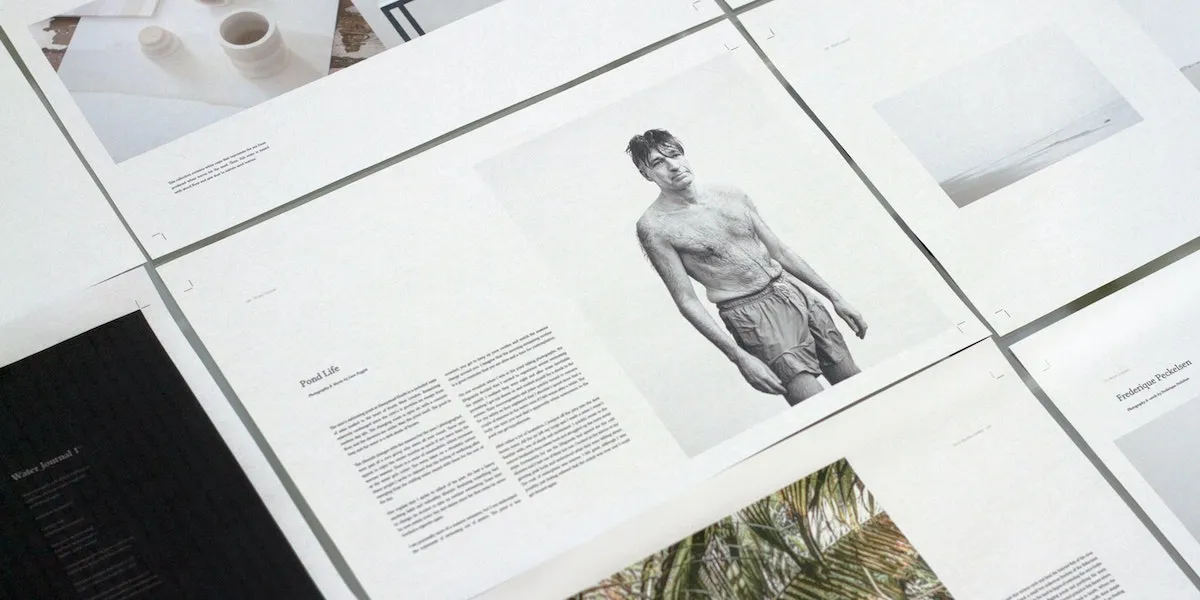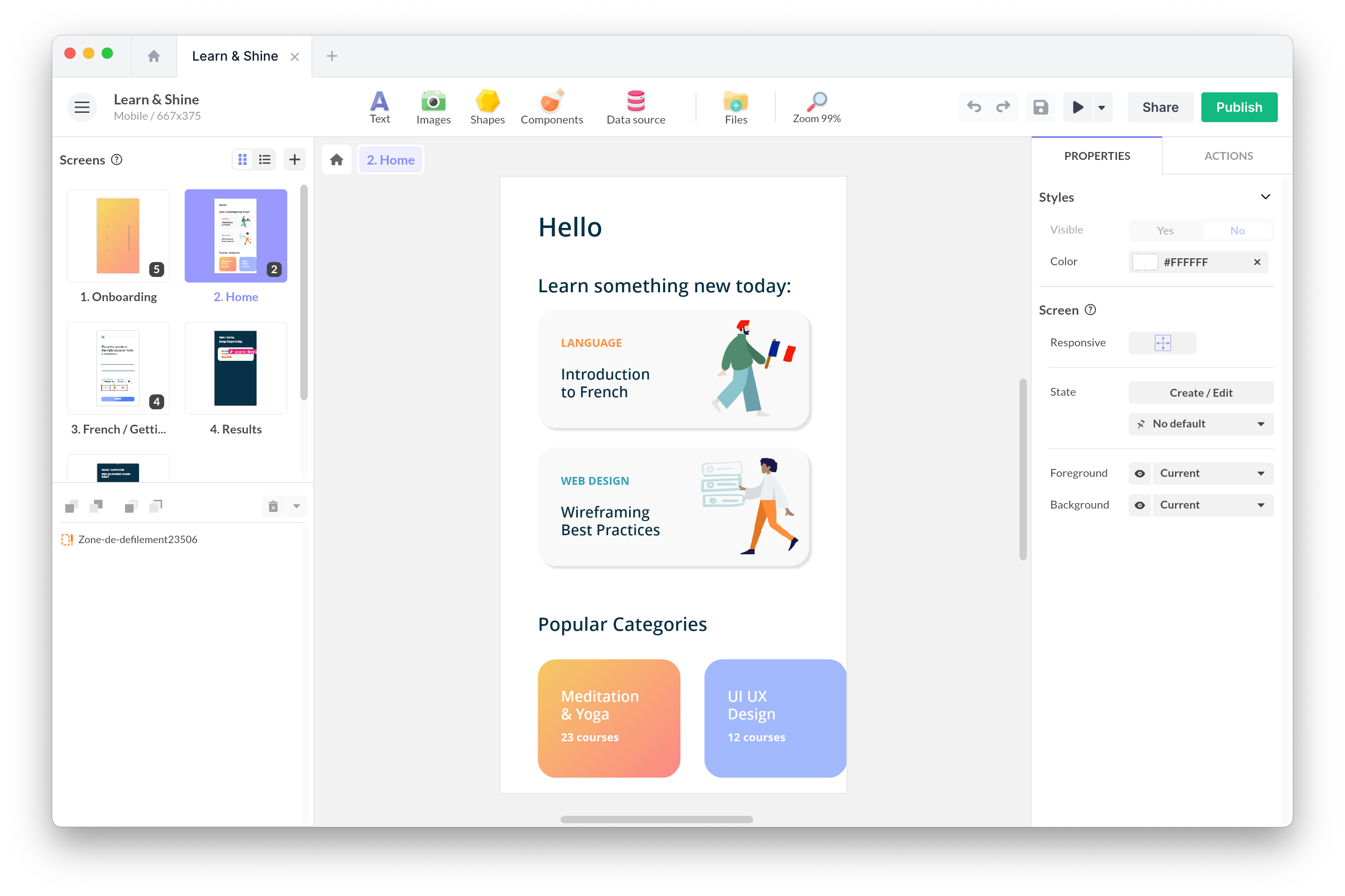Mon, Jul 27, 2020
What is Digital Publishing?

Digital publishing responds to the current challenges facing companies, such as digital transformation, environmental awareness, and the rise of the digital workplace. It is more than just a new communication format; it is a powerful lever for enhancing brand performance and differentiation.
What is digital publishing?
Digital publishing refers to all the processes to publish content to any digital medium (mobile, tablet, computer). Beyond traditional publishing, it allows the integration of multimedia content (sounds, videos, 3D objects) and interactive elements (buttons, pop-ups, scrolling zones, animations, etc.) to enrich the consultation of these media.
In its early days, digital publishing mainly interesting for press publishers looking for a new economic model via digital. Its use quickly spread to presentations and corporate communication.
/im
Advantages of digital publishing
Digital publishing offers multiple advantages for marketing professionals:
- The ease of access to this type of format, which uses the codes of traditional publishing, but in a more modern, digital format.
- A more engaged and captive audience thanks to multimedia content and enrichments that facilitate the appropriation of messages.
- Ease of distribution in the form of a URL or a native application. Formatting automatically adapts to all types of screens (responsive).
- A better knowledge of the audience thanks to the monitoring of KPIs.
Choose your tool
Digital publishing encompasses a variety of formats ranging from interactive PDFs, flipbooks, digital magazines to mobile applications. It is aimed at everyone, mainly graphic designers from the print industry who want to go digital and broaden their range of skills.
Initially driven by Adobe Digital Publishing (RIP), many digital publishing tools co-exist, they are all no code.
Choosing a tool means first of all defining the type of digital publishing you want to do:
- How do you want to adapt the document? Will it be the transposition of an existing document to a digital support or the creation of a specific format? In the first case, there are plug-ins available to optimize the workflow from InDesign and to enrich an existing print layout (Aquafadas, Twixl…). The result is a digital publication close to traditional codes. In the second case, there are independent tools such as PandaSuite to create enriched user experiences for digital, easily integrating existing content and relying on a wide range of functionalities.
- Which type of content to be integrated? Only text and image? Or videos, 360° view, 3D object … ? It’s time to make an inventory. Identify the contents to be used in your digital publication.
- How do you want to distribute? How do you want to give access to the document? With a link, from a website, from the app store? Will it be consulted from a computer or a mobile phone? Does the layout need to adapt to different screens (responsive)?
- The format: web format is universal and optimized for browsers. The native format will be preferred for an iOS & Android mobile app because it is more fluid and responsive. This is the most technical aspect to take into account.
Process
Digital publishing offers a wide range of possibilities. Therefore, it is crucial to define the target users, objectives, and modes of distribution precisely before embarking on a project. If digital publishing happens in parallel with a print document, it is advisable to consider the scope of each medium.
For example, will navigation be a medium that users will use repeatedly or only once? Although digital publishing requires more significant investment in design and production, its results are more measurable, impactful, and sustainable.
While some people have raised concerns about the disappearance of print media in favor of digital publications, we at PandaSuite believe that success comes from the complementarity of media and the implementation of intelligent cross-media strategies.
